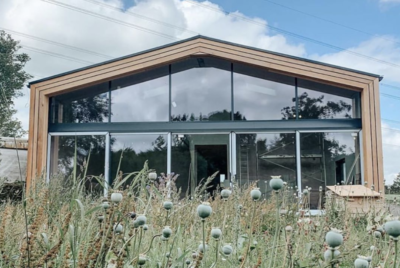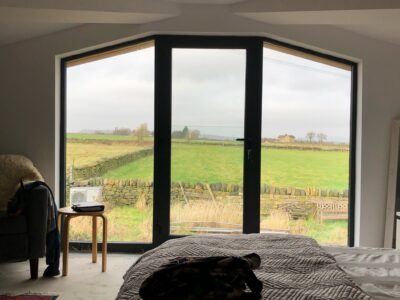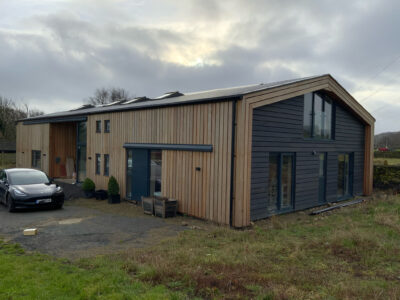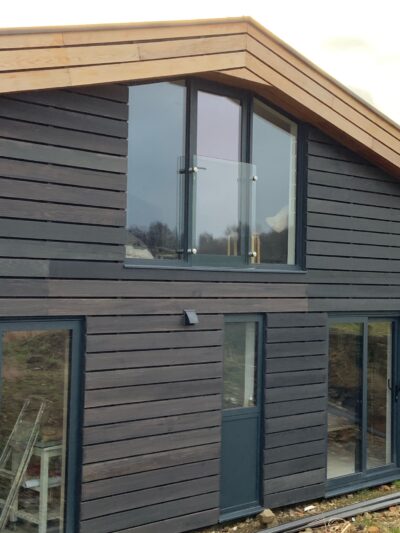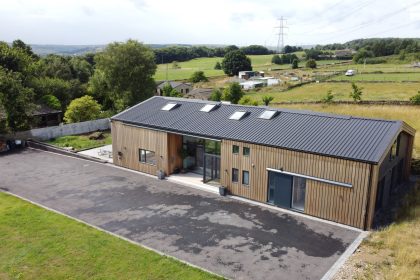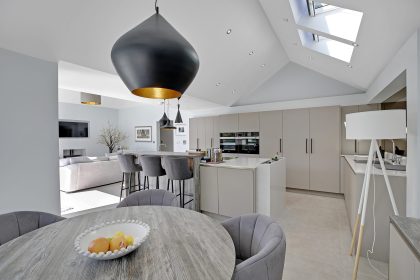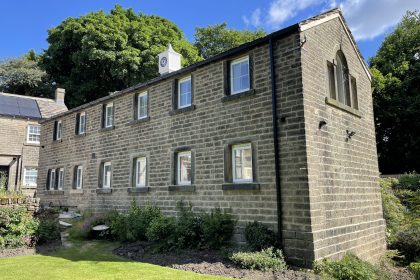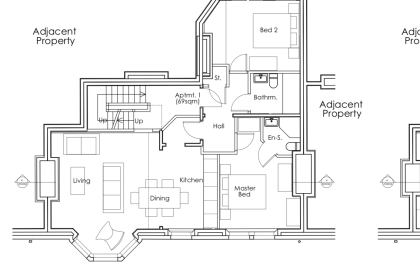A barn conversion is an attractive proposition and can be the perfect place to create an impressive and flexible home that can be easily adapted to your needs. There’s also a relatively recent addition to planning policy that might make the whole process a lot easier than you think.
You may assume that building a new home in the countryside would be very difficult, due to restrictions such as the green belt preventing urban sprawl by keeping green spaces permanently open, and you’d generally be right.
However, changes in legislation over the last few years have made barn conversions so much easier to carry out and allow a lot more freedom than you would expect. So now really is the time to consider a dream barn conversion project to make use of any disused barn you may have (or may be able to acquire).
Clearly utilising existing buildings to convert into new homes is also a more sustainable and lower resource method of adding to the existing housing stock, especially in rural areas.
Most barns fall under permitted development rights which means that you are not required to submit a full planning application which makes the planning process a whole lot easier and faster, depending on the specific requirements of course.
Class Q of The Town and Country Planning (General Permitted Development) Order 2015 allows the conversion of agricultural buildings to dwellinghouses, subject to certain conditions and limitations. It sets out legislation where agricultural buildings do not need a planning application for the barn to be converted. Whilst it is a controversial piece of legislation, it has created significant opportunities to convert existing agricultural buildings into buildings that can be used for residential purposes including rural homes.
In order to secure permission to convert your barn under Class Q, it must meet certain criteria.
In addition, you will need to apply to your local planning authority to check whether approval is needed in relation to factors such as impact on highways, noise, contamination, flood risk and how they can potentially be mitigated.
Barns that don’t meet the requirements of Class Q include:
- Those in an Area of Outstanding Natural Beauty (AONB)
- A listed building
- If it isn’t on an agricultural plot (e.g. if the barn is in a garden or paddock)
We always recommend that you seek advice from fully qualified & chartered architects like ourselves, and a planning consultant (who we can usually also recommend), to ascertain whether your building will meet the criteria and to help make the application and/or necessary checks.
When making a prior approval application for permitted development, the key to success is putting together a strong case. If you fail to prepare sufficient evidence, your application could be rejected and once a failure is recorded, it’s often difficult to move forward successfully.
Here is a recent example of an impressive barn conversion project which we successfully designed and delivered using Class Q permitted development rights:
The Yorkshire Barn, Greetland
If you’d like help with your barn conversion project, please get in touch as we’d be happy to advise.
